

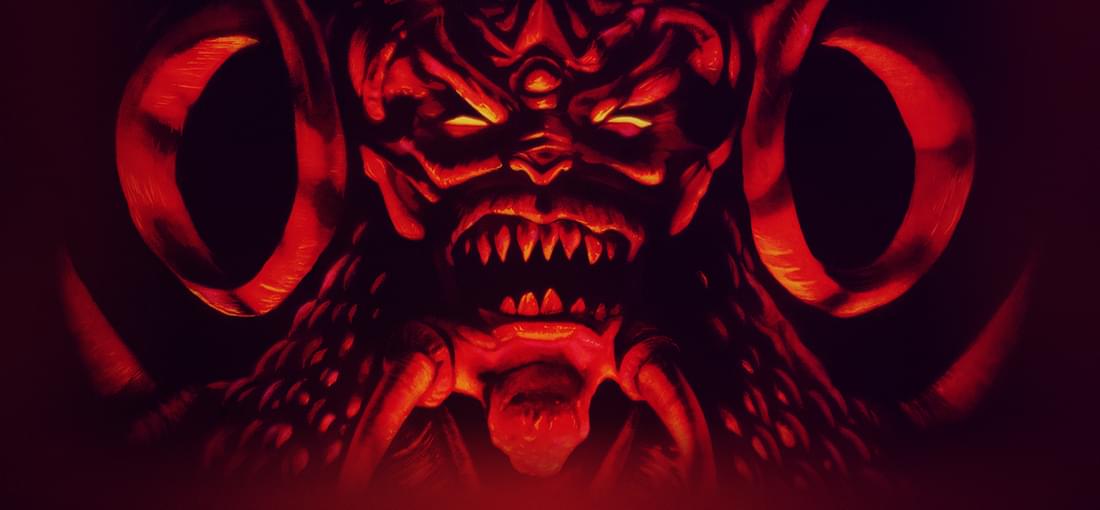
There’s a lot of waxing poetic out there about Diablo II, and rightly so, but the first Diablo will always be my favorite. It’s much closer to a true roguelike than any of its successors, has a better atmosphere, a fair difficulty curve, and enough randomness that encouraged creative solutions to hard monsters instead of trying to min/max your build through shared inventory and loot runs. Plus… there’s no grinding! What an idea…! By not allowing monsters and treasure to respawn, you have to make do with the loot and experience that drops that game. I loved going through the game that first time, not getting great swords or shields, then having an awesome two handed axe drop and then use that to one-shot most of everything for the catacomb levels. The atmosphere and feel of the game wasn’t surpassed by its sequel either, in my opinion. That feeling of dread when you stumble into the Butcher’s room unprepared, or the first time you play the Halls of the Blind… this part is my nostalgia talking, but even the music and ambient sound design were perfection. Not to mention that the different monsters actually had true different weaknesses/immunities (not just slightly increased resistances) and behavior that lent them personalities of sorts. You usually treat a gaggle of death knights far differently than those acid spitters… there’s much less “I’ll just whirlwind my way through every single monster because it doesn’t matter” here. I’m almost a little sad that Diablo II was so popular and essentially became the template for all future ARPG’s to follow. The first Diablo has so much more soul to it; I feel like its formula has been largely forgotten. I'm so happy that Blizzard and GOG were able to make this happen.
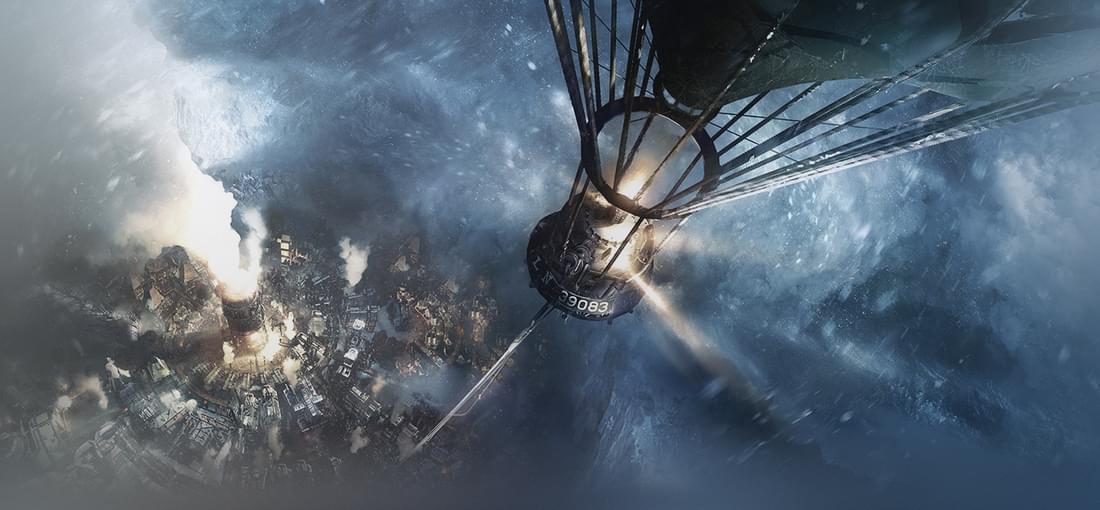
This is a wonderful city building/resource management game that sits at about 4.5 stars for me, so I rounded up. It's a wonderful premise, and I really like the thematic elements of the game that really bring you into the world and make you think you're trying to run a Steampunk themed frozen wasteland of a town up in the arctic. There's a few different scenarios, to which they've added extra difficulties for those who have already beat them on regular. I do enjoy how each scenario pushes you towards a different city style (for instance, using machines vs human labor) depending on the parameters. However, they are relatively easy once you know what you're doing. for the most part, you'll be able to anticipate needs and plan your city/resources accordingly. The heat mechanics are fun and there's ample opportunity to retweak your city to get every building in the perfect position. Death spirals are possible if you haven't planned ahead, so the game isn't a complete cakewalk. The weaknesses of the game have been mentioned by other reviewers: while the setting and graphics are immersive and the gameplay is good, the game lacks that final punch to really get you to care about your cities/citizens. The "laws" side of the tech tree are very similar and for the most part optional, and not needed to keep your city running smoothly (although they do open up some emergency options should you need them). Every once in a while you'll have citizens complaining about something and some choice to make, but they're usually not consequential. If this game had some kind of multi-scenario campaign with named characters that constantly reappear that actually live in your city and quests/maps (featuring those characters) with actual tough choices, it would be a perfect game. Still, the game is more than enjoyable and a worthy addition to your library if you enjoy other peaceful city builders such as Pharaoh/Banished/Surviving Mars, etc.
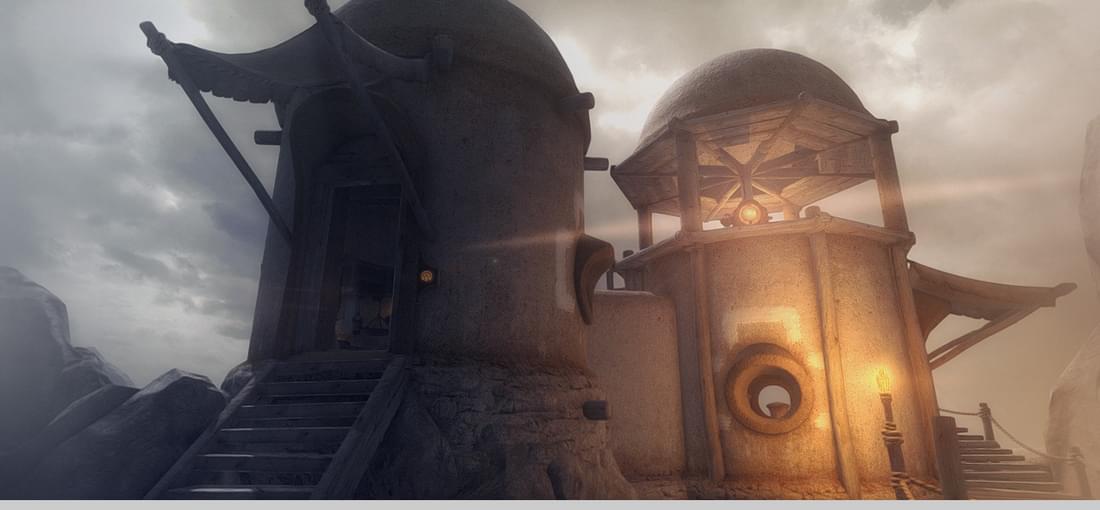
I just completed the game yesterday, and it provided a fun and worthy experience if you enjoyed previous Myst titles. The puzzles are fun, and the world is rendered beautifully. There are some small flaws to this game (as stated in previous reviews) that are annoying, but didn't impact my ultimate enjoyment of the game. Cons: - You can take screenshots for your in-game journal, but they're rendered in a flat sepia "sketch", which is criminal considering some of the puzzles are color based, making those screenshots near useless. - A couple of the puzzles are not obtuse, but have confusing "charts" that imply one easy solution, but are actually the other way around. It's hard to explain without giving away any spoilers, but if you get stuck, try looking at the data for the puzzle "vertically" instead of "horizontally". - You do end up with a bunch of items in your inventory, some of which you will re-use, some of which you won't. - The story is not convincing. Pros: - Some of the puzzles have alternate solutions, very nice! - If you get stuck, most items have a "hint" system that reveal more and more of what an item is used for. It helped me out during one of the sound puzzles, because it'll tell you what the tone is when I couldn't hear the difference in game. - For the most part, the game gives you the information you need to complete the puzzles one at a time. This may be a con for some people, but there's generally no "well, there's 3 puzzles I could go to, but I'm not sure which one I can complete right now" feeling in the game. Usually there's one or two solvable puzzles at each juncture of the game, and they all usually require finding the data for each puzzle somewhere else. As a general rule, if you're stuck, you may be missing required information to complete the current puzzle. - For the most part, there's environmental clues that hint where to go or what you need to complete a puzzle. I had fun, and only had to look up a couple solutions. Recommended!
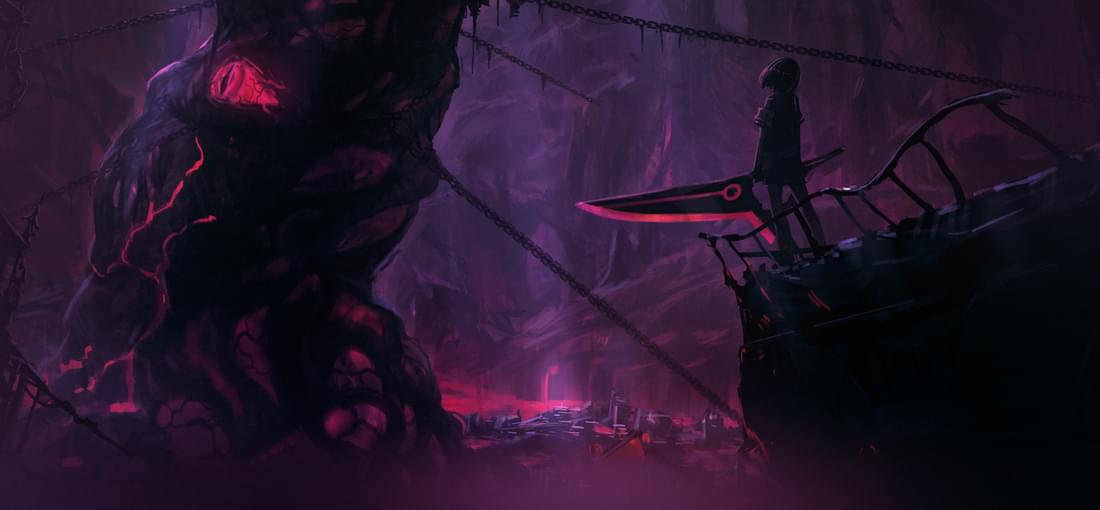
My favorite genre of games happen to be the turn-based dungeon crawler, such as Shining in the Darkness, Etrian Odyssey, etc. This one stacks up pretty well... you've got story, decent and interesting battle mechanics, varied dungeons and rewarding exploration. The other reviews do a pretty goob job of setting up the story, it reminds me of something like Warhammer Mordheim, where the city ("Jail" in this case) has been transformed by evil and it's up to you to purge it and escape. Pros: - Lots and lots dungeon to explore - Secret areas do exist, usually accessible without a headache - Grinding is optional, by playing through each dungeon you generally level up in line with the enemies, although the first level of a new area can be harrowing for the first few battles - Interesting boss/nightmare system where if you get caught before completing the dungeon, you have to run like hell without a mini-map (great tension inducing moments, although you can keep the mini-map on if you want to wimp out) - Varied character compositions, jobs and skills - Dungeons are pretty animated and visually appealing (or creepy sometimes, those gnomes in the graveyard) Cons: - Respecing and skill options can be confusing between all the characters - The art style is anime, although every female character is VERY sexualized, and there's the side quests of decorating and making all of them fall in love with you. Part of the game is to prevent the characters from getting "corrupted", and to "purge" them of this, you have to "smear your blood" all over their barely naked bodies (while you're "smearing" with your mouse, their clothes disappear). If you're into that sort of thing, that's fine, but be aware this might not be the best game to play in front of your parents/wife/kids, etc. It's like there's a cheesy anime dating sim attached to this game. - Sometimes the interactive dungeon objects disappear (but you can still use them). It's somewhat annoying, but not game-breaking.
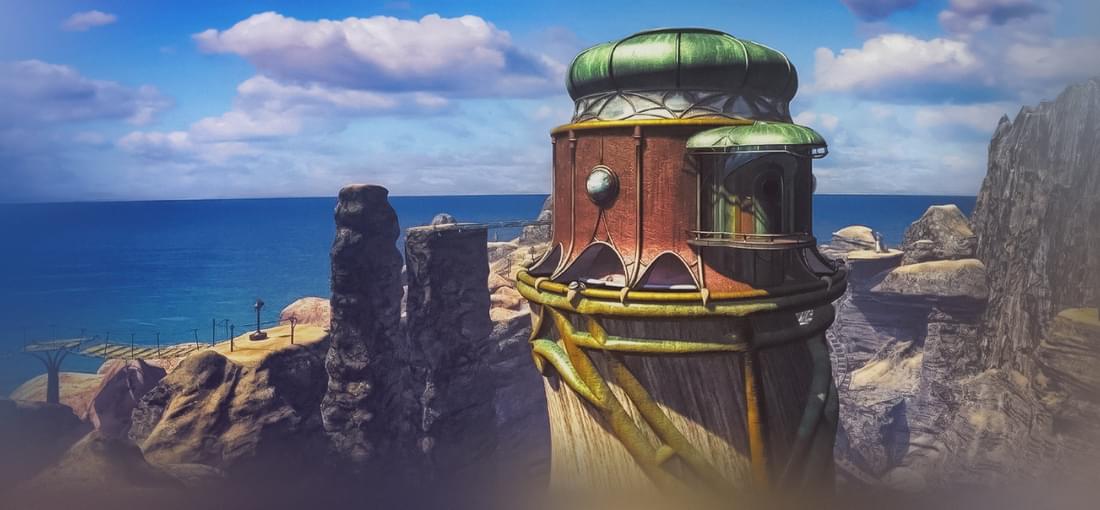
Myst III as a follow-up to the original Myst and Riven may at first glance seem underwhelming. There's no grand story here... but Myst III is my personal favorite of the series and one I come back to every so often. Myst III: Exile cuts out a lot of the storytelling aspects and focuses on the puzzles, and what it does, it does well. For some people the heart of the Myst games is Atrus' family drama, and you won't get much of that here apart from a quick FMV introduction where Atrus calls on you for help once again. There are also journal pages and entries you can pick up along the way to get some more backstory for all the characters involved. The main story of the game is how Saavedro (played by Brad Dourif, probably the strongest acting performance in the Myst series), a slighted citizen of a world ravaged by Sirrus and Achenar, has taken 20 years to plot revenge against Atrus and his family. You predictably fall into his trap and have to puzzle your way out to reach the conclusion of the game. The gameplay is still what you know and love: mouse clicking through absolutely beautiful pre-rendered scenes in order to solve puzzles, both contained and environmental. You also get access to the "zip" feature that allows you to quickly traverse areas which you've already covered, saving time. One addition to Myst III that the previous games did not have: full 360 degree views for each "spot". This really adds to the immersion factor, which is already top notch. These are some of the most thematic worlds created in the series. If there's one knock Myst II has against it, is that the puzzles are "too easy". You're not really guessing what random levers do, and should be able to solve most, if not all puzzles without looking online for hints. What I find as "too easy" though for me is "just right". There's enough of a challenge here without being maddeningly obtuse. The combination of relaxing, non-obtuse puzzles and amazing immersive feel make this the best Myst, IMHO.
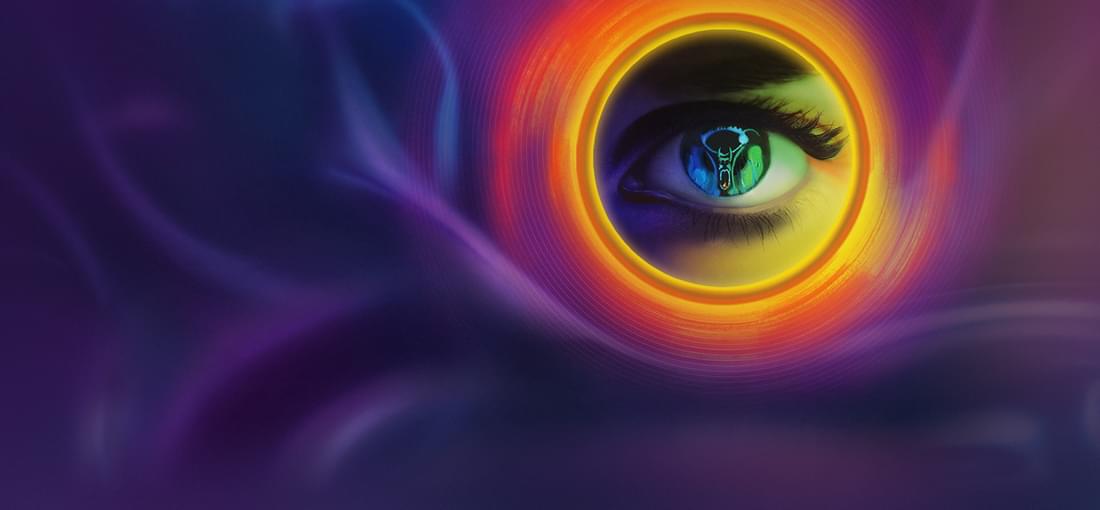
This game sure takes me back to fighting with my siblings to get computer time to play. On the heels of the Myst craze, Sierra created this absolute gem of an atmospheric puzzle game. You're trapped inside a crazy museum, and have to trap released spirits by finding a matching vessel and lid. Each one of these spirits embody a different element (earth, fire, electricity, ash, water, etc.) and have to be trapped by the vessels you collect. But bewaaaAAAArrrre!!! (Said in cheesy horror movie voice) These spirits can travel to different locations in the museum and also take a portion of your lifeforce if you attempt to trap them without the proper vessel. I found the game really scary as a 9 year old, but when I replayed it a few years ago it wasn't as scary as my childhood brain thought it was... however that doesn't diminish from the great soundtrack and beautifully rendered (for the time) environments. It's a little weird having the environments rendered in 3D and the spirits animated in 2D, but I didn't mind that during the replay due to all the nostalgia. That's probably the only inconsistent visual thing with the game. As far as gameplay goes, you will be tested. There are a wide variety of puzzles, however there is never any kind of time pressure put on you, so take as long as you like. Most of the puzzles are fairly easy, but every so often there will be some doozies, plus a couple ones at the end that will take some mental fortitude to pass... which is generally how I like it, so you're not stumped the whole game, but also feel a sense of accomplishment at the end. Because you are limited to carry one vessel/lid combo at a time, you will have to backtrack through the museum, but eventually you will open doors and shortcuts to make this process easier. If you're looking for a 10-20 hour puzzle adventure with a cheesy horror vibe and artistic environment, Shivers is your game.